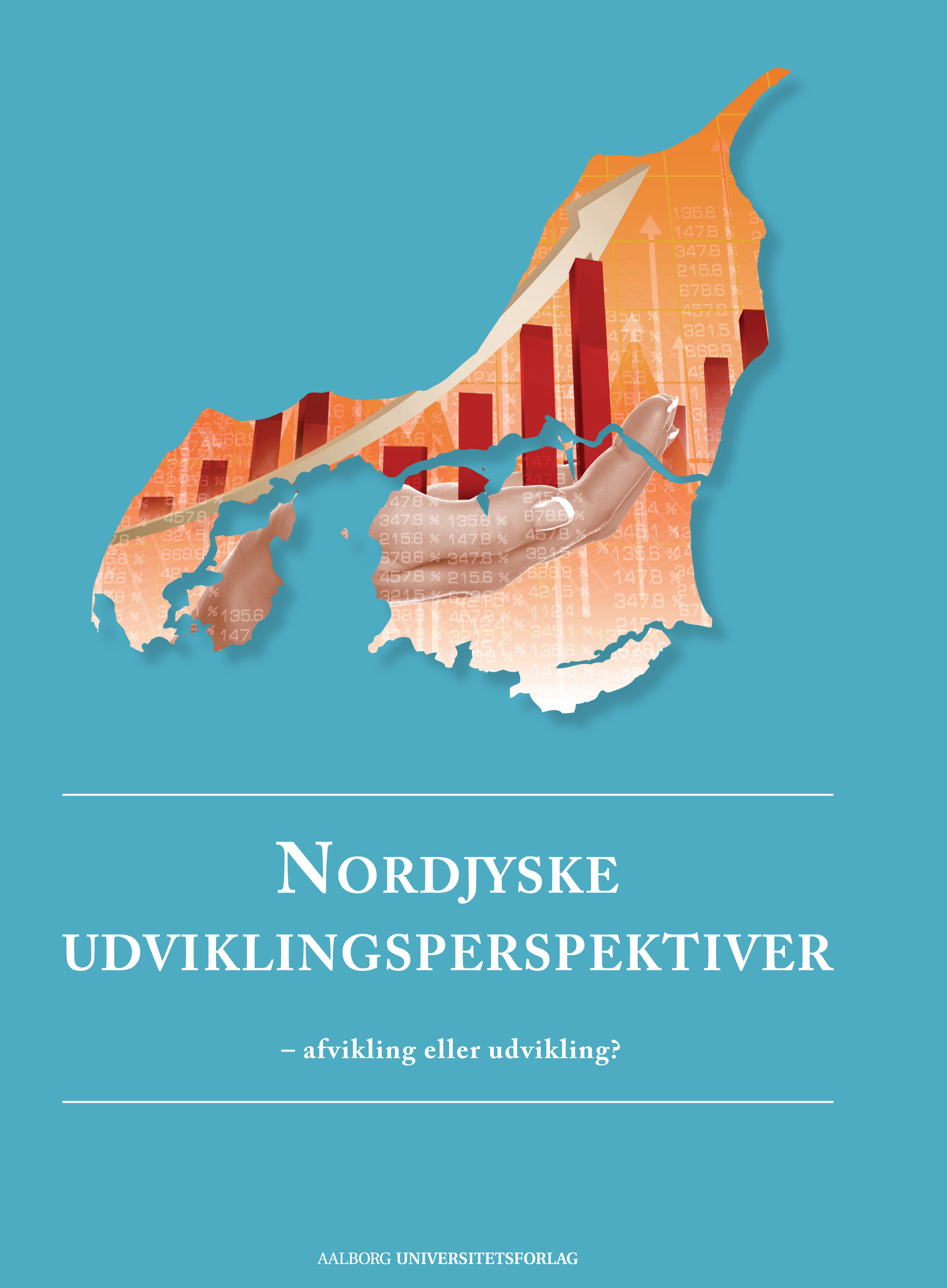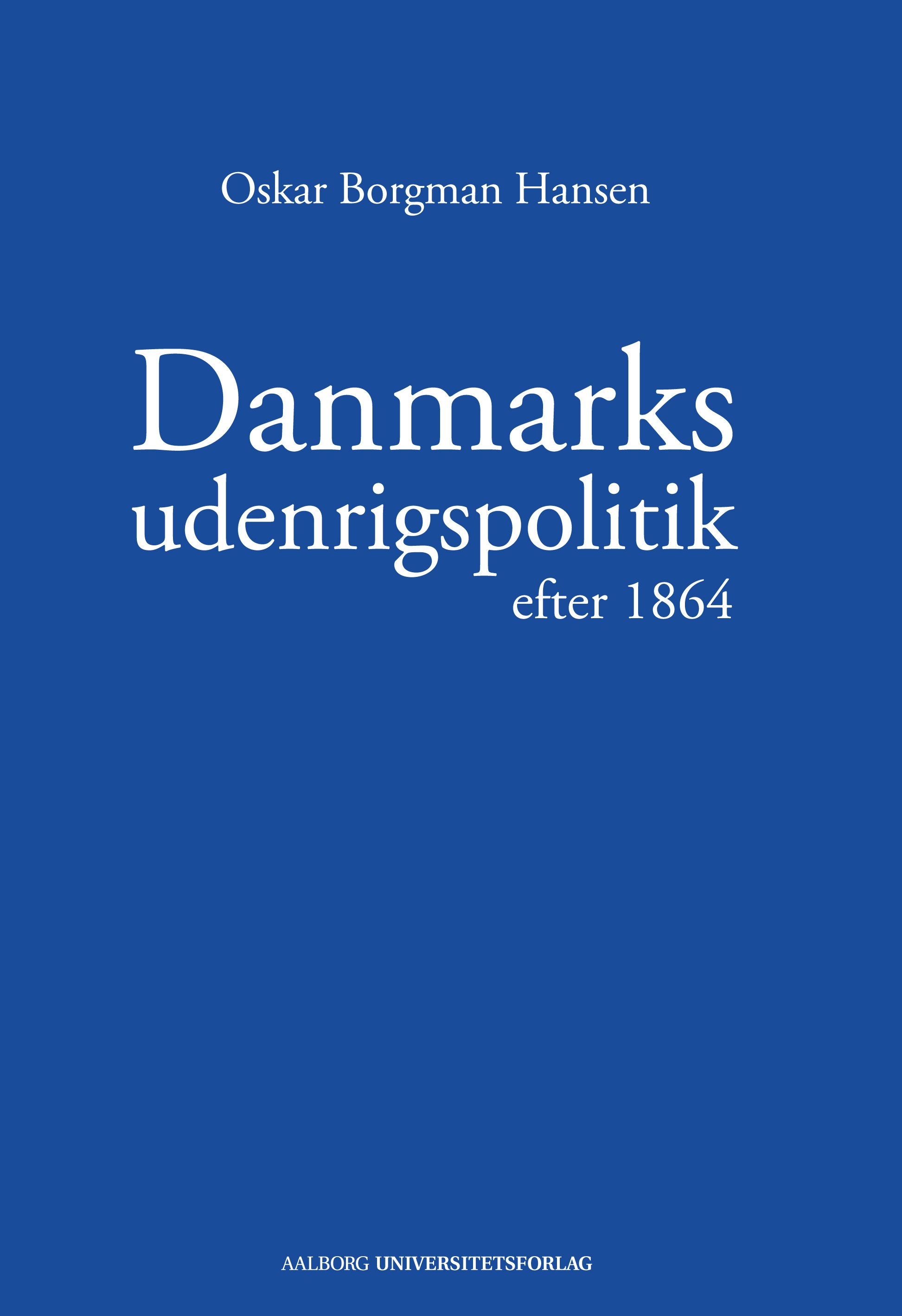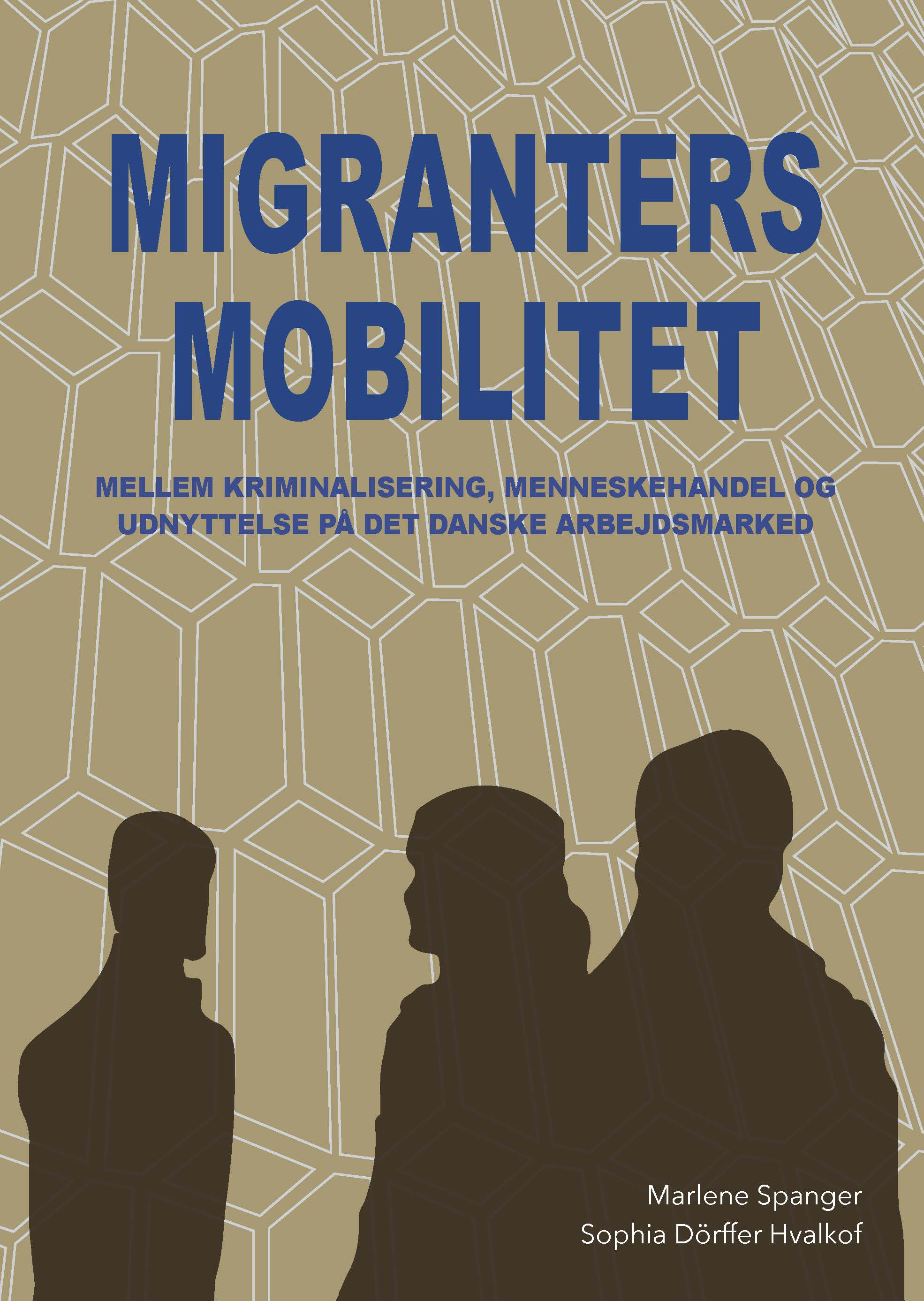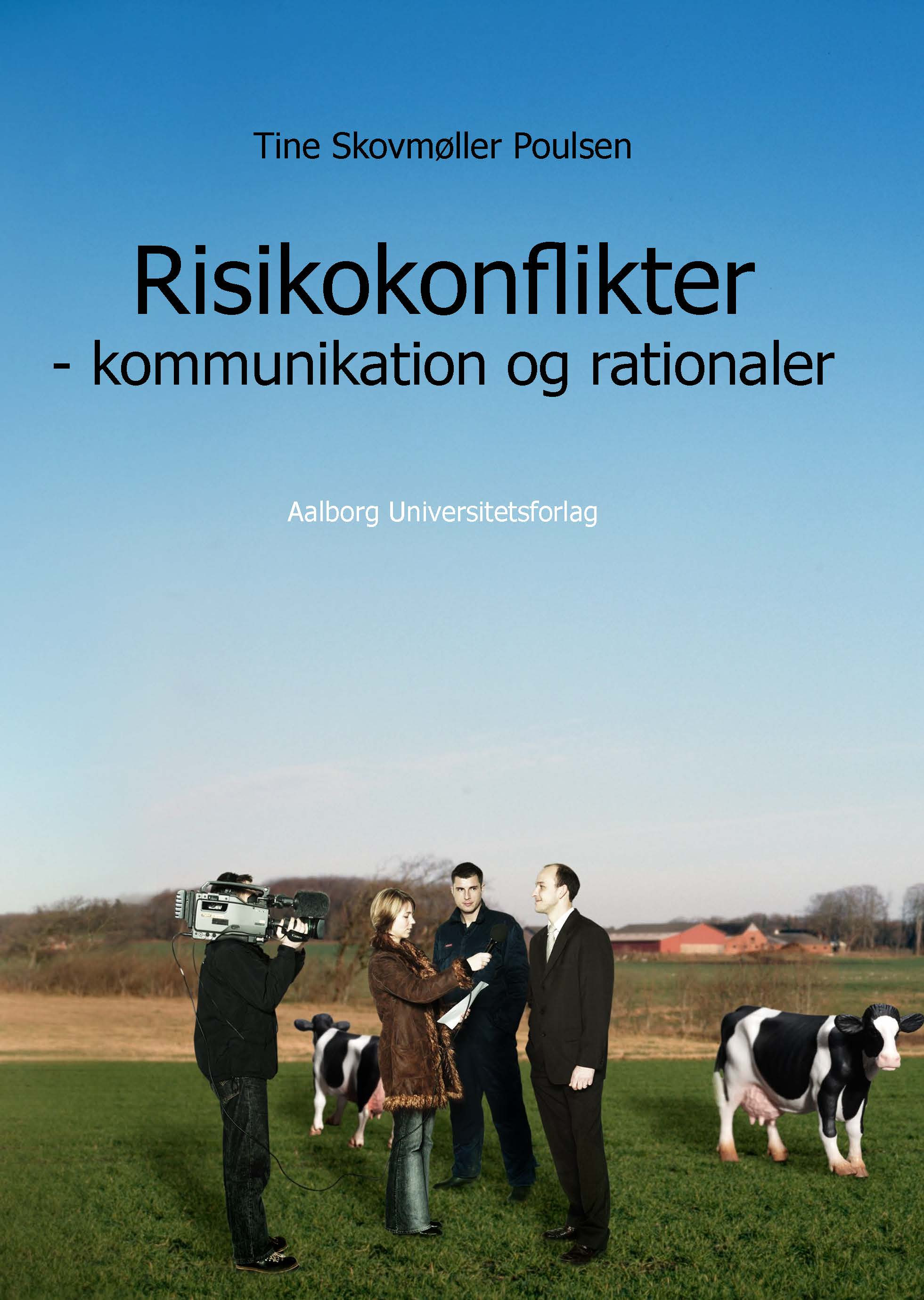Costing in health economic evaluation
Af forfatter lars holger ehlers , anne sig vestergaard
Costs are important! Many students are likely to recognize this as an unpleasant fact of life when reaching the end of the month and there is nothing but oatmeal left in the cupboard.
Costs and the ability to correctly identify them and estimate their size is equally important in our everyday life when we make budgets for our day-to-day living, but are also highly relevant when decisions are made concerning the use of our collective, societal resources. This is also valid within the healthcare system, in which the scarcity of resources and need for prioritization is increasingly recognized; both in Denmark and globally. Health economic evaluation may be used as an aid to inform on how we may achieve efficient use of our shared resources within the healthcare system – that is, how we may achieve the highest value for money. Sound cost analysis is a critical part of producing credible health economic evaluations and should therefore not be underestimated. Thus, it is highly relevant to be able to estimate costs correctly for any scholar who is to work with health economics and health economic evaluation in particular. However, the discipline of producing well-founded, transparent cost analysis and the approaches that could and should be undertaken to achieve this may not always be neither self-evident nor self-explanatory.
This is where this compendium comes into play.
This compendium is intended to provide knowledge of cost theory that represents the fundamental basis for doing economic analyses in health care with a particular focus on health economic evaluation and is specially tailored to an audience of students with a background in health science. The compendium provides an introduction to fundamental cost theory, including the concept of cost, a discussion of some of the considerations that should be made during cost analysis, and a guide to the practical approach to cost analysis in health economic evaluations.
The primary objective of this text is to inspire an understanding of what and why approaches may be taken when accounting for costs and the ability to identify acceptable approaches to cost analysis when guidelines are imprecise or cannot reasonably be complied with.
-
Costs are important! Many students are likely to recognize this as an unpleasant fact of life when reaching the end of the month and there is nothing but oatmeal left in the cupboard.
Costs and the ability to correctly identify them and estimate their size is equally important in our everyday life when we make budgets for our day-to-day living, but are also highly relevant when decisions are made concerning the use of our collective, societal resources. This is also valid within the healthcare system, in which the scarcity of resources and need for prioritization is increasingly recognized; both in Denmark and globally. Health economic evaluation may be used as an aid to inform on how we may achieve efficient use of our shared resources within the healthcare system – that is, how we may achieve the highest value for money. Sound cost analysis is a critical part of producing credible health economic evaluations and should therefore not be underestimated. Thus, it is highly relevant to be able to estimate costs correctly for any scholar who is to work with health economics and health economic evaluation in particular. However, the discipline of producing well-founded, transparent cost analysis and the approaches that could and should be undertaken to achieve this may not always be neither self-evident nor self-explanatory.
This is where this compendium comes into play.
This compendium is intended to provide knowledge of cost theory that represents the fundamental basis for doing economic analyses in health care with a particular focus on health economic evaluation and is specially tailored to an audience of students with a background in health science. The compendium provides an introduction to fundamental cost theory, including the concept of cost, a discussion of some of the considerations that should be made during cost analysis, and a guide to the practical approach to cost analysis in health economic evaluations.
The primary objective of this text is to inspire an understanding of what and why approaches may be taken when accounting for costs and the ability to identify acceptable approaches to cost analysis when guidelines are imprecise or cannot reasonably be complied with.
-
Antal sider
88
isbn
978-87-7210-023-4
Udgave
1. edition, 1. print run
Udgivelsesår
2019
-
Filnavn Download























